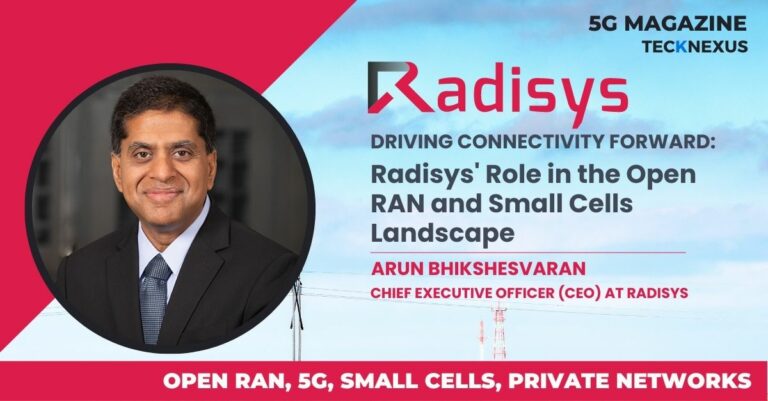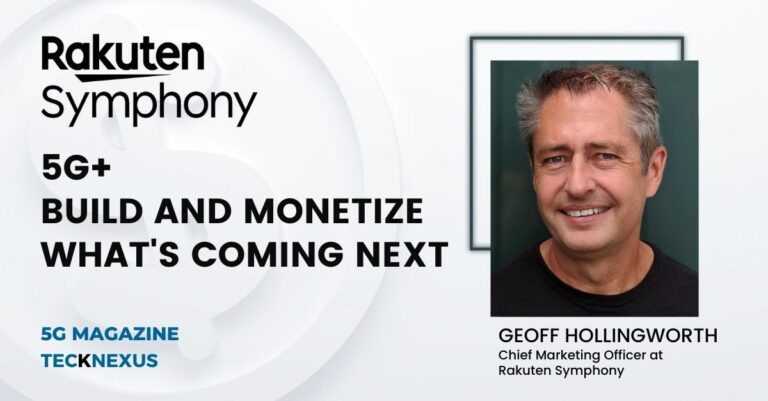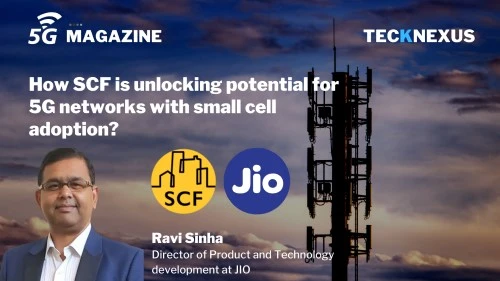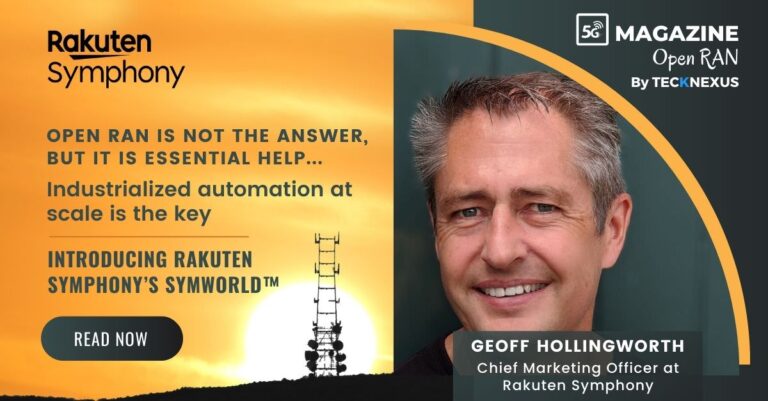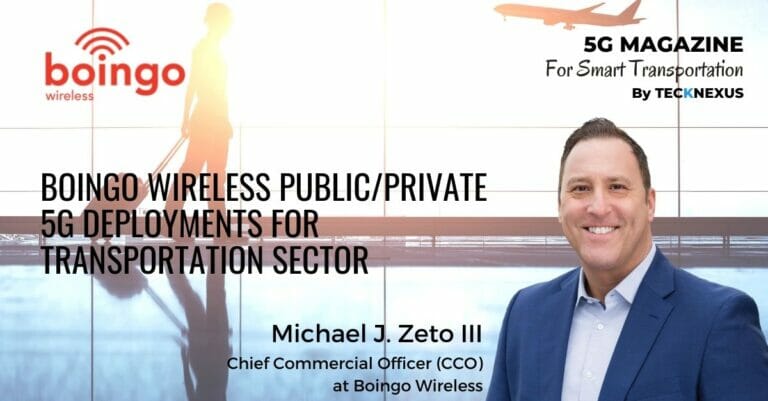5G Network Slicing: An Overview
5G network slicing provides a mechanism to define a set of logical services. These services share the same end-to-end infrastructure, which includes radios, the data plane, and the control plane. Delving into the 3GPP specifications, a slice is typically defined by two identifiers:
- Slice Service Type (SST): This indicates the expected network slice behavior in terms of features and services.
- Slice Differentiator (SD): This ID differentiates multiple network slices that exhibit the same behavior.
The Intersection of 5G, Edge Computing, and Network Slicing
When examining the B2B space, 5G emerges as the optimal network for connecting end devices to edge computing applications. The introduction of network slicing has shifted the paradigm. Previously, industries would deploy separate networks for different workloads. With network slicing, sub-slices can be established, each having distinct service level agreements or attributes. This versatility allows for the integration of varied end devices and edge computing applications on the same network.
Use Cases and Applications
The classical use cases, as outlined in standards, can be grouped into three primary categories:
- Latency Sensitive (URLLC – Ultra Reliable Low Latency): This category emphasizes the importance of minimal delays.
- Bandwidth Oriented (eMBB – Enhanced Mobile Broadband): This focuses on providing superior data transfer rates.
- IoT Centric (mMTC – Machine to Machine Type Communication): This is tailored for device-to-device interactions.
In addition to these three core use cases, there’s a supplementary category that centers on security. Government-related projects, for instance, often require ultra-secure slices. Overall, the potential of 5G network slicing is vast, allowing for a more efficient, tailored, and streamlined approach to network management and service delivery.
5G Use Cases: An Exploration
Smart Solutions and Industry 4.0
The 5G landscape is constantly evolving, with buzzwords like smart cities, smart homes, and smart factories making rounds. One area that stands out is Industry 4.0, which seems to be among the early adopters of 5G. The amalgamation of technologies like massive IoT, augmented reality, and virtual reality is paving the way for innovative solutions.
Massive IoT in Factories
Focusing on the massive IoT use case, factories are now equipped to deploy the MAC host, determining their local breakout strategies. These IoT devices need both intercommunication and application communication capabilities. Given the vast number of elements involved, guaranteeing low-latency communication becomes paramount. The challenge lies in balancing local traffic retention while managing the significant amount that traverses the broader network for other connectivity needs. In response to this, there’s a shift towards blueprint development, essentially creating reference architectures that can cater to specific use cases.
Real-World Demonstrations
Telenor, a leading telecom service provider, has teamed up with several partners to demonstrate enterprise 5G or private 5G services. This demonstration encompassed eight different vendors operating on a containerized platform, highlighting end-to-end network slicing. Here, each slice operated independently, ensuring one doesn’t negatively impact another. This multi-faceted demonstration showed various customers per slice and even multiple slices per customer.
Equinix, another prominent name, partnered for a webinar showcasing end-to-end slicing delivery. Two key use cases were spotlighted: a defense customer and a broadcast radio customer. The defense sector demanded ultra-reliable low latency (URLLC), which is non-negotiable and must be consistently delivered. On the other hand, the broadcast radio customer had a higher data rate requirement. The challenge was ensuring that high data applications didn’t compromise the guaranteed low latency for other functions. This live demonstration successfully showcased traffic scaling on one end while consistently maintaining low latency on the other.
In summary, the “one-size-fits-all” approach is becoming obsolete in the 5G era. The diverse requirements of different sectors necessitate tailored solutions. Network slicing emerges as a viable solution, ensuring specific needs like low latency or high data rate are met without compromising other network functions.
Exploring 5G Use Cases in Healthcare
Remote Medical Consultations
5G technology has opened up a plethora of opportunities in the healthcare sector. While futuristic applications like remote surgery might still be on the horizon, more immediate benefits can be seen in the form of remote consultations. For instance, a doctor at a certain location might lack the expertise required for a specific case. With 5G and network slicing, it becomes feasible to bring in another doctor remotely, perhaps through augmented reality. The true value of this technology lies in the guaranteed service level agreement (SLA). No matter the activity on other parts of the network, if a latency of, say, 15 milliseconds is needed for the remote consultation, 5G ensures that it is consistently met.
Real-world Implementations
Revisiting the case with Telenor, their demonstration encapsulated eight different vendors, each providing a unique solution that operated seamlessly on a containerized platform. This end-to-end 5G solution, which we contributed the networking portion to, is a testament to the technology’s readiness in the marketplace. The User Plane Function (UPF) stands out as a pivotal component, processing every packet that traverses through the 5G network. This robust network even earned accolades, bagging the ‘Innovative Network of the Year’ award. The demonstration underscores the feasibility of interoperability among multiple vendors. The next logical step is operationalizing this technology.
Operational Challenges and VCO 3.0
While the technology demonstrates great promise, transitioning from proof-of-concepts and labs to actual field deployment, where real customer traffic is managed, presents its own set of challenges. This is where our collaboration on the VCO 3.0 project comes into play, aiming to provide an end-to-end multi-vendor solution. This approach promises several advantages to customers, including the elimination of vendor lock-ins, competitive pricing, enhanced agility, and fostering innovation.
From our experience, the market’s readiness isn’t typically hindered by technology. Instead, challenges often arise from cultural and business model adjustments. Current efforts are geared towards refining the management plane of our networks to ensure smooth implementations.
Network Slicing Management in 5G
Network slicing is a critical aspect of 5G, focusing on managing the life cycle of slices. The core questions revolve around the creation, optimization, management, and termination of these slices. Efforts in the open-source community, with collaborations from giants like China Mobile, Wipro, and Tech Mahindra, have been ongoing for around a year and a half to refine network slicing management.
Open Source Implementations
Our implementation, facilitated through the Linux Foundation, aligns seamlessly with 3GPP standards. While the foundational management solution is in place, there’s always scope for enhancement. Notable areas for improvement include optimizing slices using machine learning, which is still in the pipeline. However, the basic functionalities essential for network slicing are ready and operational.
Kaloom’s Approach to Network Slicing
From Kaloom’s standpoint, our initial engagement has been predominantly with service providers, especially operators. Engaging in active discussions that extend beyond mere demos and proofs of concept, we are involved in field trials and potential deployment conversations with tier-one entities. Our focus, interestingly, has also veered towards the enterprise side, which is a natural progression, given that these entities play a pivotal role in network building and delivery to end-users. This encompasses private 5G networks, with cloud integrations playing a crucial role.
Focus on Enterprise Solutions
Given our involvement in the enterprise realm, our strategy has been to create a reference architecture in collaboration with multiple partners, with a specific emphasis on Industry 4.0. Our offering in this domain is a programmable networking fabric. Integral to this fabric is the UPF (User Plane Function), which can be further divided into multiple UPFs within the same infrastructure. Each of these UPFs boasts its own slicing capabilities, catering to varied requirements.
Collaborative Efforts in 5G Network Management
In the evolving landscape of 5G networks, collaboration among multiple stakeholders is paramount. The common adage, “it takes a village to deliver,” holds true for the deployment and management of these complex networks. Integral to this process is the role of management orchestration and life management, crucial components for the successful rollout of products and services in this domain.
Aarna Networks: An Open Source Perspective
Aarna Networks has been at the forefront with its open-source product, the Multi-Cluster Orchestration Platform. This platform acts as the management plane for both 5G networks and edge computing applications. The overarching philosophy is the unification of the management plane, ensuring that networking and edge computing do not operate in silos.
The platform’s functionalities include:
- Initial Orchestration: This entails the setup of 5G network services and edge computing applications.
- Life Cycle Management: Covering both day one and day two configurations.
- Automated Service Assurance: Leveraging closed-loop automation to rectify issues automatically.
- Network Slicing: An integral part of modern 5G networks.
- Machine Learning-Based Analytics: Incorporating non-real-time RIC (Network Data Analytics Function).
With numerous active proofs of concept and a few slated to transition into production soon, Aarna Networks is positioned as a key player in this ecosystem.
Cloud Native 5G Blueprint: A Multi-party Collaboration
Previously known as VCO 3.0, the Cloud Native 5G Blueprint is a testament to multi-party collaboration. Facilitated by the Linux Foundation Networking initiative, this blueprint sees the involvement of industry giants like Kaloom, Aarna Networks, Red Hat, Capgemini Engineering, Intel, Gen XCOM, Ethernium, and more.
The focus of this blueprint is two-fold:
- Private 5G Networks: The initial emphasis is on private networks, particularly over CBRS.
- Core Slicing: While the current focus is on core slicing, the long-term vision is to extend this to RAM and transport slicing for a comprehensive approach.
The collaboration has seen Aarna Networks’ product facilitating core slicing on a 5G core, integrating with solutions from Capgemini Engineering and Kaloom’s UPF. This integrative approach is paving the way for comprehensive test and integration processes.
Emphasis on Open Standards
Kaloom, in its approach, prioritizes open standards, offering NETCONF for YANG-based models upstream. This ensures that Aarna and other partners can easily integrate, especially given the expansive scope of management orchestration. By leveraging the lessons learned from past challenges, such as those encountered during the NFV and OpenStack eras, the industry is positioned to address issues more efficiently and accelerate time-to-market strategies. The role of blueprints, in this regard, is invaluable, streamlining operational procedures and ensuring seamless integrations.
The Evolution of Network Slicing Management
The future of network slice management is rife with potential, especially with the introduction of machine learning. The main objective is to use machine learning to observe the utilization and usage of network slices, enabling real-time optimizations. While core functionalities like creating, terminating, and configuring slices have been addressed, the focus is shifting to slice optimization. The anticipated trajectory is to see more and more customers adopting this technology, moving from trials to full-scale production by the coming year.
The Reality of “Plug and Play”
Theoretically, if everyone adhered strictly to standards like 3GPP for 5G core, ORAN for RAN, and IETF for transport, network integrations should be seamless. However, perfect adherence to standards is often elusive, necessitating adjustments. These adjustments can be made either on the network function side or on the platform side.
While there are multiple standards for orchestration, configuration, and analytics, the key is adapting to what network functions offer. The NSSMF (Network Slice Subnet Management Function) plays a pivotal role in this integration. It bridges the gap between the network slice management stack and the network function. Depending on the network function’s compliance to standards, adjustments can be made either by customizing the NSSMF or by utilizing standard NSSMFs provided through initiatives like the Linux Foundation.
Kaloom’s Experience and Vision
Kaloom has worked extensively with various vendors and partners, experiencing firsthand the challenges and successes of network integrations. Over time, the process has become more streamlined. The company’s mainstay, UPF, has successfully integrated with various AMFs and SMFs provided by different vendors. From an orchestration perspective, the initial period of adjustment has significantly reduced, leading to quicker and more efficient collaborations.
Two primary concerns for Kaloom are scalability and security. As network slicing progresses, it must efficiently handle increasing bandwidth demands and subscriber numbers, all while maintaining low latency and robust security.
The ultimate aim, whether for service providers or enterprises, is to offer differentiated services. For service providers, this means avenues for increased revenue, countering the declining average revenue per user. Enterprises, on the other hand, can look at cost-cutting and improving customer satisfaction.
The Ultimate Purpose of Network Slicing
At its core, network slicing and the associated technologies must serve a tangible purpose. For service providers, it presents an opportunity to offset the decline in traditional revenue streams by capitalizing on edge computing applications and network slicing. These avenues can generate new revenue streams and provide a justifiable ROI for their significant 5G network investments.
Enterprises can leverage these technologies for operational efficiency, reducing costs, enhancing customer satisfaction, and deploying new services rapidly. The overarching promise of network slicing lies in its ability to revolutionize the way both service providers and enterprises operate, bringing tangible benefits to the forefront.





